In This Article
Need an idyllic island escape in the Aegean Sea? Head to the Cyclades! This world-famous Greek island group features dazzling whitewashed villages, sapphire-blue seas, stunning beaches, and rich history. Whether you’re up for nightlife, hiking, or just basking in the sun, the Cyclades promise timeless beauty and unforgettable vibes.
Cyclades Islands Highlights:
- For Adventurous Travelers: Hike the volcano on Nea Kameni (Santorini) – Trek across a dramatic caldera and enjoy breathtaking sea views.
- For History Buffs: Explore the ruins of Ancient Delos – Wander through sacred temples, mosaics, and relics on the mythical birthplace of Apollo.
- For Shoppers: Browse art and fashion boutiques in Mykonos Town – Discover handmade jewelry, chic resort wear, and artisan crafts.
- For Couples: Watch the sunset in Oia (Santorini) – Share a magical moment over the caldera as the sun dips into the Aegean.
- For Families: Swim and relax at Agios Prokopios Beach (Naxos) – Calm, shallow waters and golden sand make it perfect for all ages.
When I like to visit the Cyclades Islands
The best time to visit the Cyclades is from May through October. Late spring and early fall offer sunny weather without peak-season crowds. July and August are lively but can be hot and busy, especially on Santorini and Mykonos.
Tips for getting to the Cyclades Islands
- If you are traveling by air: Fly to Athens, then take domestic flights to major islands like Santorini or Mykonos.
- By Ferry: Ferries from Piraeus and Rafina ports (Athens) connect to all major islands, with scenic views and multiple daily departures.
- By Cruise: Many Mediterranean cruises include stops in Santorini, Mykonos, and other Cycladic gems.
Where I like to stay in the Cyclades Islands
- Katikies Hotel Santorini – Iconic cliffside luxury with infinity pools and views over the caldera in Oia.
- Cavo Tagoo Mykonos – Sleek, modern resort near town with private plunge pools and chic vibes.
- Hotel Grotta Naxos – Warm, family-run hotel close to the Old Town and port, with sunset views and authentic charm.
Best Things to Do in the Cyclades Islands
1. Andros
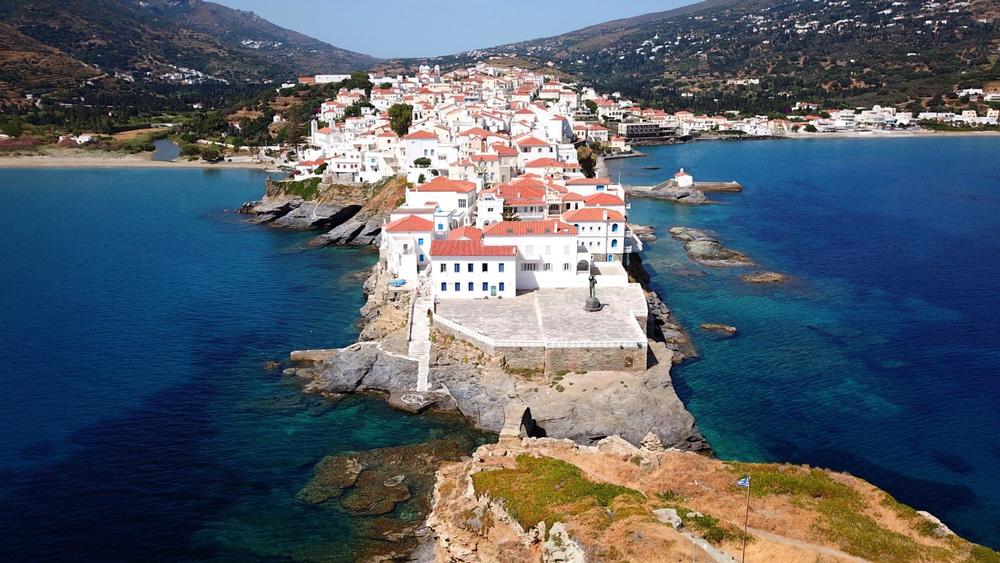
© aerial-drone/stock.adobe.com
The northernmost island of the Cyclades with a rich naval tradition, Andros is lush and green in the south with fertile plains, lush vegetation, and abundantly flowing streams and scorched and barren in the north with mountain ranges and rocky coastlines lined with spectacular white sandy beaches. The capital of the island, Hóra and features an interesting combination of medieval, neoclassical and island-style architecture, narrow cobblestones streets, shady tree-lined squares, and quaint churches. Hóra is home to famous Greek captains and ship owners, and the island has long been the holiday haunt of wealthy Athenian shipping families.
2. Amorgos
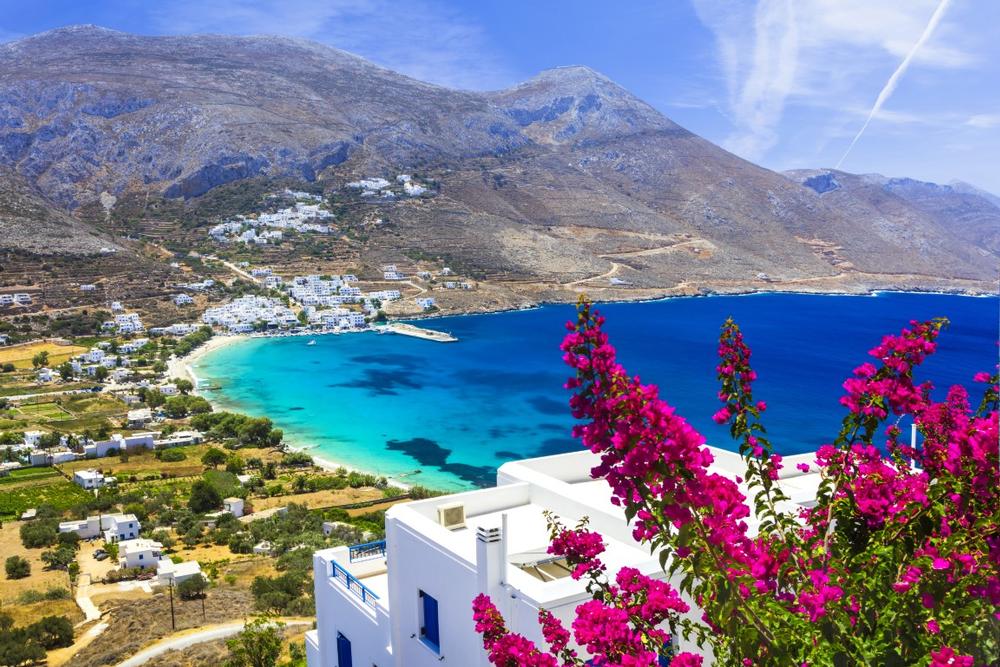
© Freesurf/stock.adobe.com
Dramatically rugged, the small island of Amorgos is narrow and long with spectacular beaches, scenic bays, rugged caves, ideal spots for diving, and ancient footpaths leading through steep rocky terrain. Parts of the island soar high above sea level, boasting breathtaking views out over the Archipelago, and the island is famous for being the location where the famous freediving movie, The Big Blue, was shot in 1988. Inhabited from as early as 3,300 BC, Amorgós has a long cultural history and tradition and warm and welcoming locals that greet you with a smile.
3. Anafi
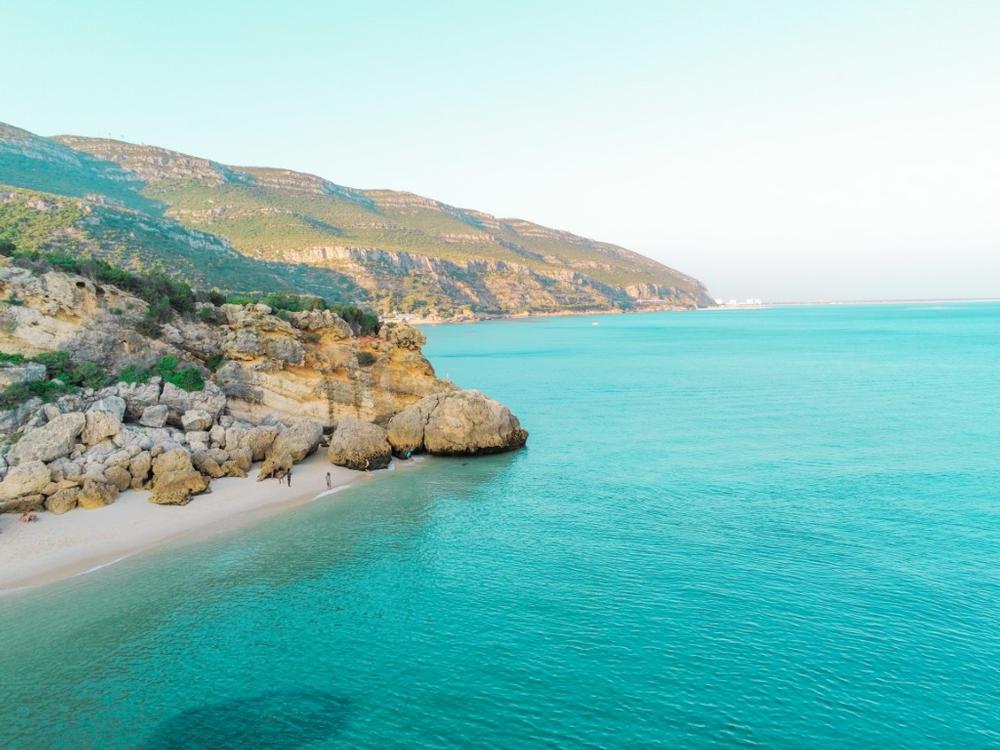
© Daniel Sousa/stock.adobe.com
The remote island of Anafi is the southernmost island of the Cyclades and is a paradise of spectacular natural beauty with footprint-free white sandy beaches, gin-clear waters, and a few ancient ruins. Visitors reach the island through the bay of Ayios Nikolaos, over which the picturesque village (Hóra) stands, built on the ruins of a Venetian castle as an amphitheater and featuring narrow stone-paved alleys and whitewashed dome-roofed houses and narrow stone-paved alleys. Greek Mythology has it that Anáfi gave shelter to the Argonauts.
For younger couples:
4. Antiparos
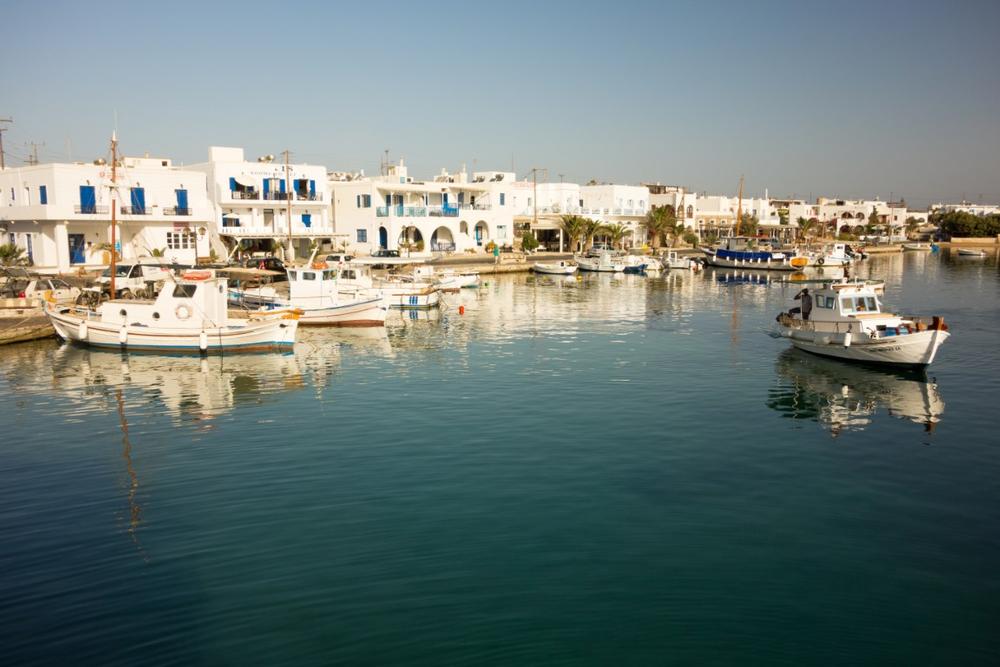
© djama/stock.adobe.com
Lying southwest of Páros, the tiny islet of Antiparos is ideal for a relaxing escape from the bustling and busy island of Páros. Once connected to Páros by a causeway, the little island can now be reached from the west coast resort of Poúnda or Parikía by boat. Known as Oliaros in ancient times, Antíparos has several beautiful beaches and the massive Cave of Antíparos on Ayios Ioánnis Hill, which was discovered during the reign of Alexander the Great and boasts a breathtaking array of stalactites and stalagmites. The main town (Hóra) of Antíparos is built around a 15th century Venetian castle and features charming stone-paved streets, whitewashed houses decorated with blossoming pink and purple bougainvillea and an enchanting central square with shady eucalyptus trees.
5. Delos
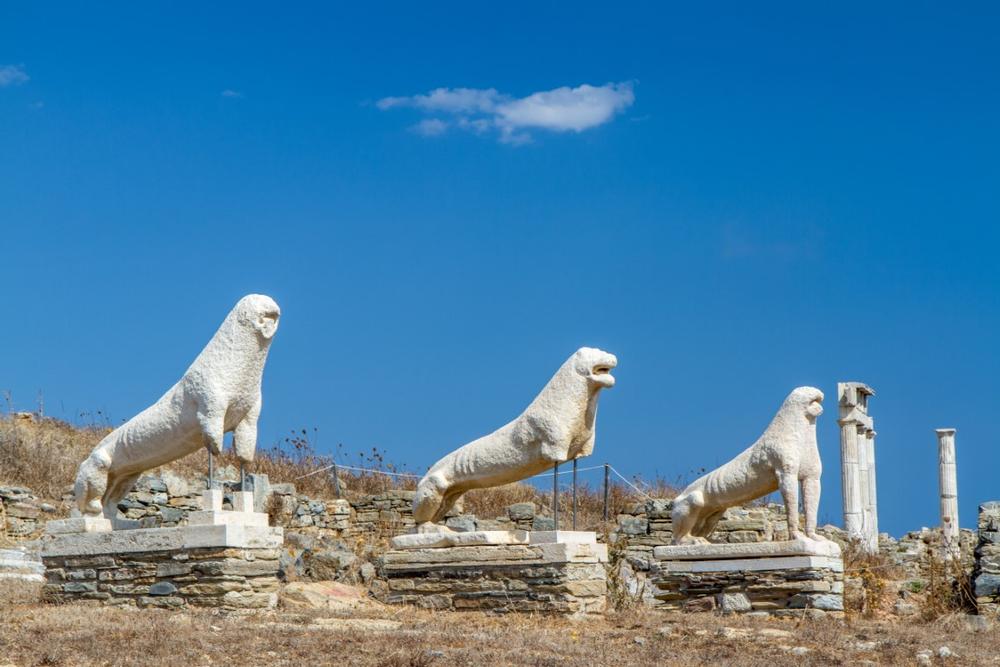
© Jill Clardy/stock.adobe.com
Surrounded by the crystal-clear waters of the Aegean Sea, just a few miles away from cosmopolitan Mykonos, the tiny, uninhabited Delos is one of the most important archeological sites in Greece and a UNESCO World Heritage Site. The Ionians arrived in 1,000 BC, and by 700 BC, Delos was a major religious center and later became a thriving commercial port, particularly in the third and second centuries BC. The ark of history is now an open-air archaeological museum with mosaics and marble ruins covered in blooming wildflowers in spring, offering visitors the chance to walk around the revival of the glory of the Greek civilization.
If you are traveling with kids:
6. Donoussa
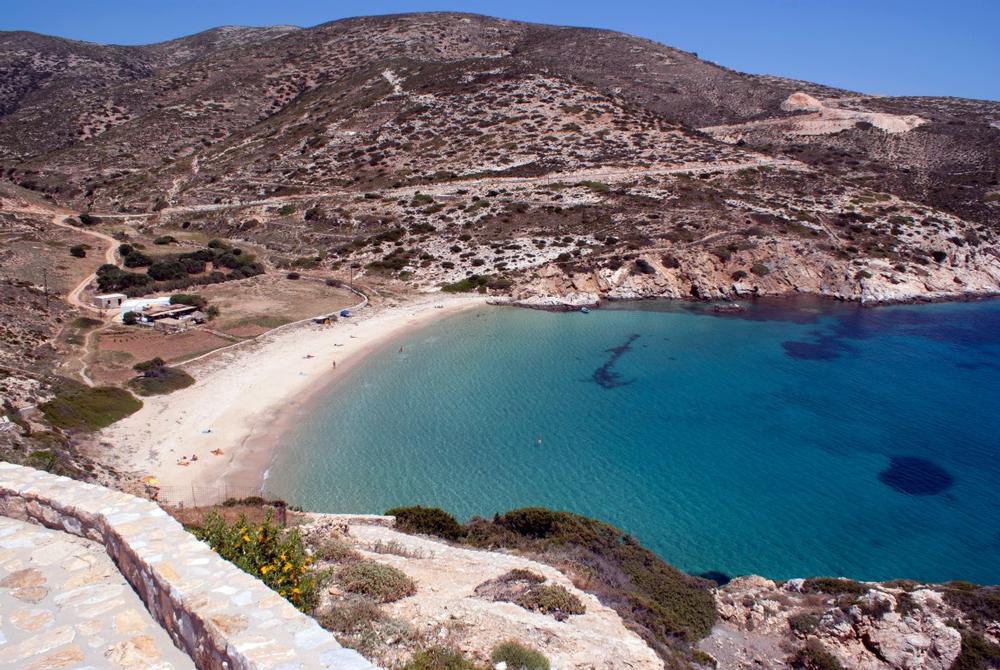
© JOHN/stock.adobe.com
Donoussa is the northernmost island of the Small Eastern Cyclades and is the perfect place to get away from it. The tiny island is just over eight square miles and boasts magnificent and empty sandy beaches, rugged landscapes crisscrossed with low stone walls, and spectacular caves like Spiliá Tíchou (Cave of the Wall) with its beautiful stalactite formations, and Fokospiliá (seal cave), on the eastern coast of the island. The island is also known for its unique Greek culinary delights such as soúvli, a cream made of barley, a type of pasta called aranistá, honey-dipped spiral pastries known as kserotíyana, prickly pear jam and rakí made of dried figs.
7. Folegandros

© Vasilis/stock.adobe.com
Named after the son of King Minos,
Folegandros is one of the smallest inhabited islands in the Cyclades and captivates visitors with its stunning white sandy beaches, gin-clear waters, and beautiful architecture. Traditionally a place of exile, the remote and off-the-beaten-track island is popular with artists and photographers for its towering cliffs, terraced fields, wild, untamed landscapes, and charming towns. The capital town of the island (Hóra) features sugar-cube whitewashed houses showcasing traditional Cycladic architecture, balconies draped with beautiful bougainvillea, winding cobblestone streets, and high on a hill above the sea is the Venetian castle Kástro.
8. Ios

© r_andrei/stock.adobe.com
Ios (meaning flower) or Niós, as the locals call it, is one of the most beautiful islands of the Cyclades. In ancient times, Íos was covered in oak woods, which were later used for shipbuilding. The Ionians built cities at the port of Gialós and Íos town, which were later used as Venetian strongholds. The island is also known as the burial place of Homer, and an annual festival celebrating Homer is held in May every year. Mountainous coastlines are lined with stunning white sandy beaches and over 400 quaint and blue-domed chapels, traditional villages have picturesque arcade-covered alleys, snow-white little houses, and ancient windmills, and the island is renowned for its nightlife.
9. Iraklia
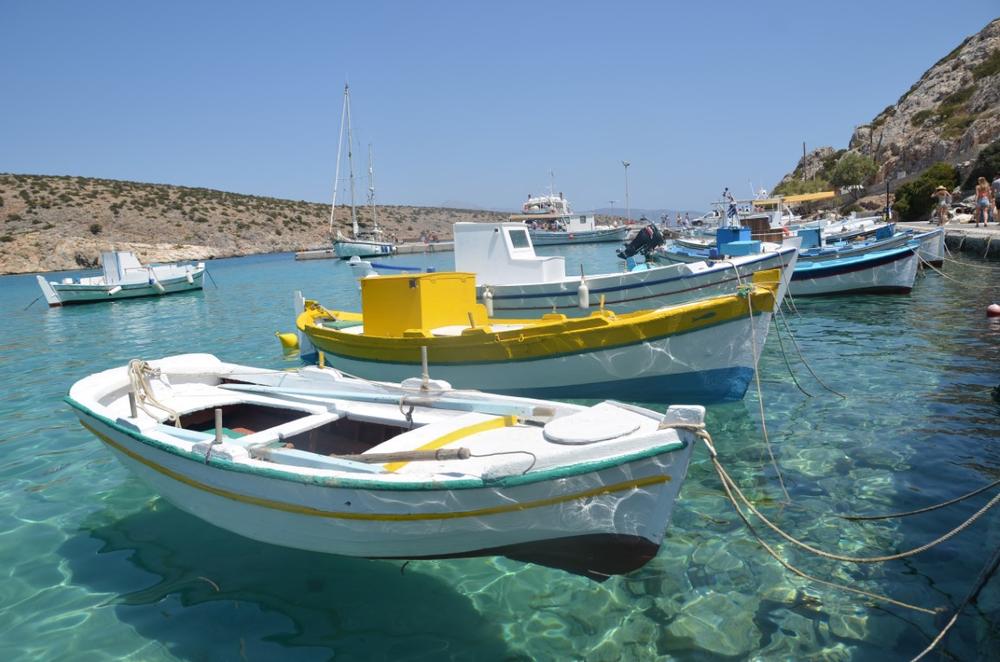
© photyo/stock.adobe.com
Iraklia is a tiny island at the western edge of the Small Eastern Cyclades with just two villages Ayios Georgios (by the harbor) and Panayia, and only 115 residents. The island has rolling hills with dense vegetation, scenic bays with crystalline waters and caves boasting impressive stalactites and Cycladic remains. The waters around the island are home to the marine turtle Caretta caretta, and the Mediterranean seal Monachus monachus and the simplicity of Irakliá’s scenic nature makes it the perfect spot for an idyllic getaway from it all.
10. Kea
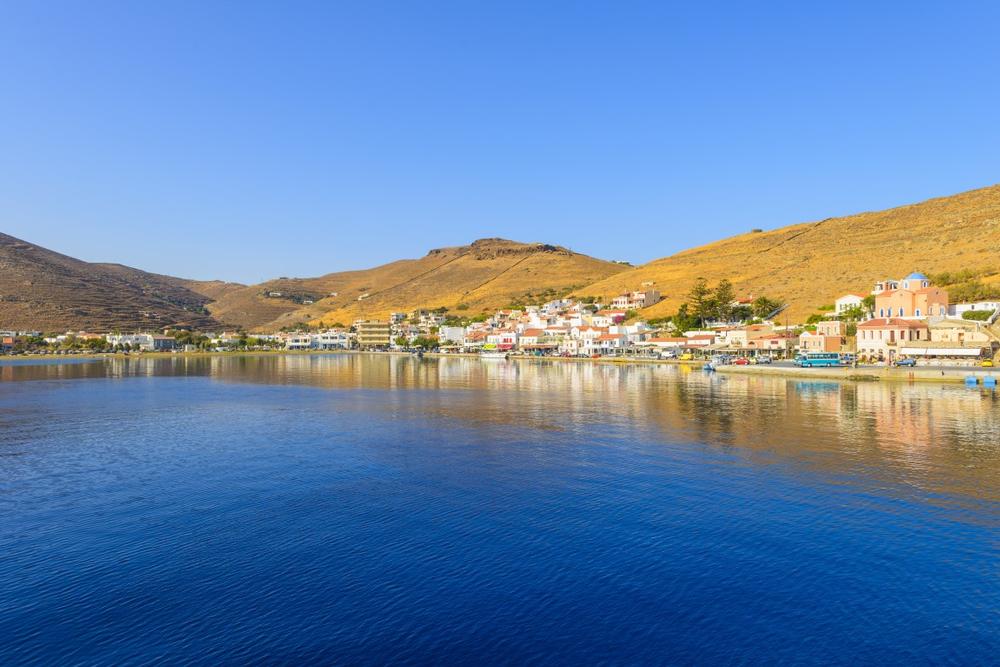
© korpithas/stock.adobe.com
Kea, also called Tzia, is a favorite spot wealthy Athenians due to its proximity to Athens. The island boasts rugged mountains and fertile valleys, rolling fields and olive groves, patchwork vineyards, off-the-beaten-track beaches, and picturesque coves. Home to the largest oak forest in the Cyclades, the island is ideal for bird-watching and hiking, and geologists will delight in the many small caves in Áyios Timótheos and Kálamos. Nestled in the center of the island, the picturesque capital town of Ioulis is built on the ancient city-state by the same name and features charming ceramic-tile roofed houses, winding cobbled streets, arched passages, and lovely squares. Kéa has been known since ancient times for its wine, almonds, and honey.
Where I Like to Eat in the Cyclades Islands
- Metaxi Mas (Santorini) – Hidden local favorite serving generous portions of Cretan and Santorinian dishes with amazing views.
- M-Eating (Mykonos) – Upscale Mediterranean fare with modern twists in a historic Cycladic house.
- Oniro Café Restaurant (Naxos) – Romantic rooftop spot for seafood, wine, and sunset over Naxos Town.
My favorite local events:
- Santorini Jazz Festival (July) – Enjoy top jazz performers in a unique volcanic setting.
- Mykonos Summer Festival (June–September) – A mix of theater, music, and traditional dance performances.
- Naxos Festival at Bazeos Tower (July–August) – Classical concerts, art exhibitions, and cultural events in a historic castle.
My favorite day trips within 30 Minutes of the Cyclades Islands:
- Delos from Mykonos (30 min ferry) – Guided tours through ancient temples, mosaics, and statues.
- Antiparos from Paros (10 min ferry) – Chill island with caves, turquoise beaches, and celebrity sightings.
- Thirassia from Santorini (15–20 min boat) – Step back in time on a quiet island with traditional homes and trails.
- Koufonisia from Naxos or Amorgos (30 min–1 hr) – Unspoiled beaches, cliff diving spots, and laid-back island life.
- Piso Livadi to Lefkes (Paros) (20 min drive) – Enjoy seaside lunch then explore a mountain village full of Cycladic character.
Plan Your Trip












